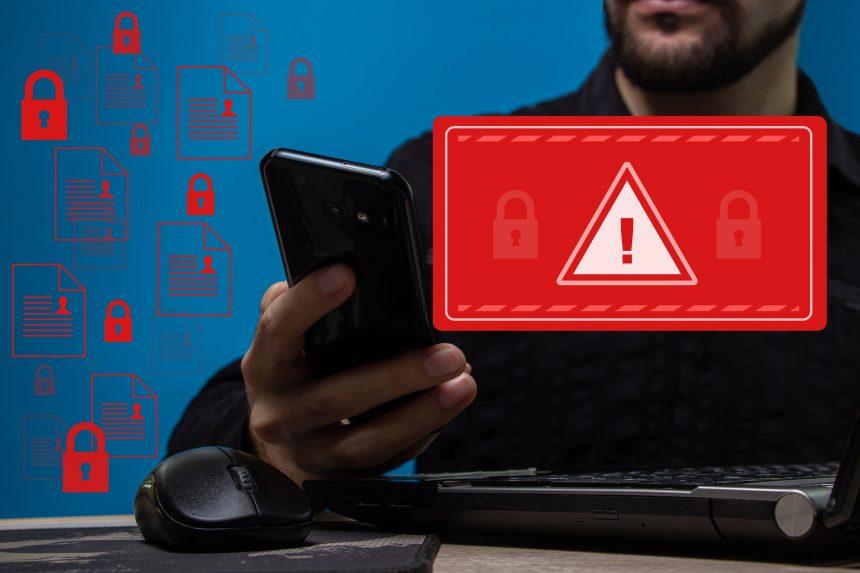Cybercriminals have become increasingly sophisticated in their methods to exploit unsuspecting individuals and organizations. One such threat gaining traction is the SSL Port Server Errors Email Scam. This deceptive scheme preys on users’ trust and lack of technical knowledge, aiming to manipulate them into divulging sensitive information or installing malicious software.
How the Scam Operates
The SSL Port Server Errors Email Scam typically begins with an unsolicited email claiming to be from a legitimate source, such as a trusted service provider or IT department. The email asserts that the recipient’s server is experiencing SSL port errors and urgently requires attention. It often includes alarming language to prompt immediate action, such as threats of service interruptions or data loss if the issue is not resolved promptly.
To exacerbate urgency and credibility, the email may mimic official logos, use technical jargon, and provide seemingly plausible instructions or links to “resolve” the purported SSL port errors. These instructions usually lead to downloading malicious attachments or visiting compromised websites designed to harvest login credentials or deploy malware onto the victim’s system.
Consequences of Infection
Falling victim to the SSL Port Server Errors Email Scam can have severe consequences. Once malware is installed on a system, it can facilitate various malicious activities, including:
- Data Theft: Malware may harvest sensitive information such as login credentials, financial details, or intellectual property.
- System Compromise: Attackers can gain unauthorized access to infected systems, potentially using them as launchpads for further attacks.
- Financial Loss: In some cases, victims may suffer financial losses through fraudulent transactions or ransom demands.
- Reputation Damage: Organizations may experience reputational harm due to data breaches or service disruptions caused by the scam.
Text of the Scam
Text presented in the “SSL Port Server Errors” spam email letter:
Subject: Server refresh required
Attention: ******** Due to SSL port server errors, some emails are failing to reach your inbox through IMAP/POP3. To fix this, please refresh your email server using the session information provided.
Thank you for your prompt action.
Refresh Email Server
Detection and Similar Threats
Detection of the SSL Port Server Errors Email Scam and similar threats often involves recognizing suspicious emails, scrutinizing sender addresses and email content for inconsistencies, and verifying the legitimacy of purported issues independently through trusted channels. Commonly associated malware includes variants like Emotet, TrickBot, and various ransomware strains, each posing unique threats to cybersecurity.
Removal Guide for SSL Port Server Errors Email Scam Malware
Removing malware associated with the SSL Port Server Errors Email Scam requires thorough steps to ensure complete eradication from affected systems. Follow these steps carefully:
- Disconnect from Network: Immediately disconnect the infected device from any network to prevent further spread or data exfiltration.
- Enter Safe Mode: Restart the computer and enter Safe Mode to limit the malware’s operational capabilities.
- Identify Malicious Processes: Use Task Manager (Ctrl+Shift+Esc) to identify and terminate any suspicious processes related to the scam.
- Delete Temporary Files: Clear temporary files and caches that may harbor malware components using Disk Cleanup.
- Scan and Remove Malware: Use a reputable antivirus or antimalware program to scan the entire system and remove detected threats.
- Restore System Settings: Reset browser settings to default to remove any malicious extensions or changes made by the scam.
Prevention Best Practices
To mitigate the risk of falling victim to the SSL Port Server Errors Email Scam and similar threats, consider implementing these best practices:
- Employee Training: Educate employees about phishing techniques and the importance of verifying the authenticity of unsolicited communications.
- Email Filters: Implement robust email filtering solutions to block suspicious attachments and URLs.
- Software Updates: Regularly update operating systems, software, and antivirus definitions to defend against known vulnerabilities.
- Backup Data: Maintain secure backups of critical data to mitigate the impact of ransomware attacks.
- Multi-factor Authentication (MFA): Enable MFA wherever possible to add an extra layer of security against unauthorized access.
By adopting these proactive measures, individuals and organizations can significantly reduce their susceptibility to cyber threats like the SSL Port Server Errors Email Scam.





